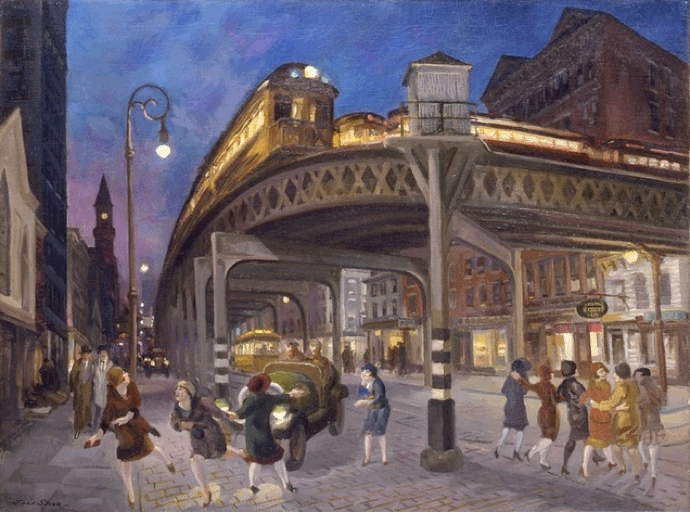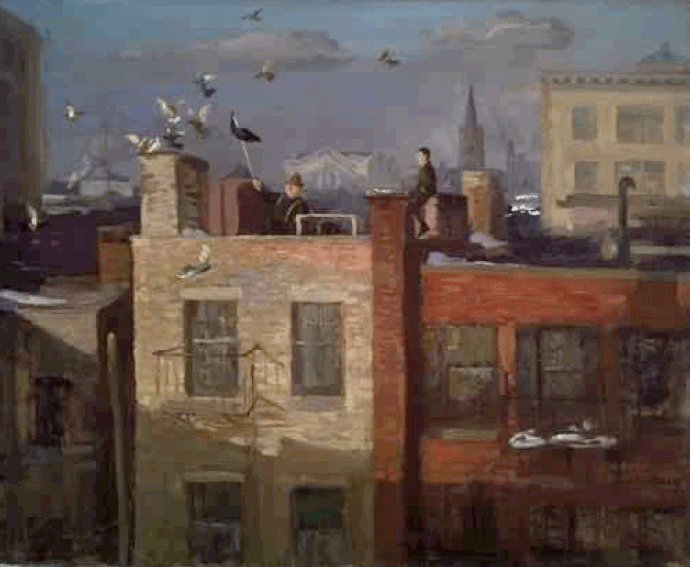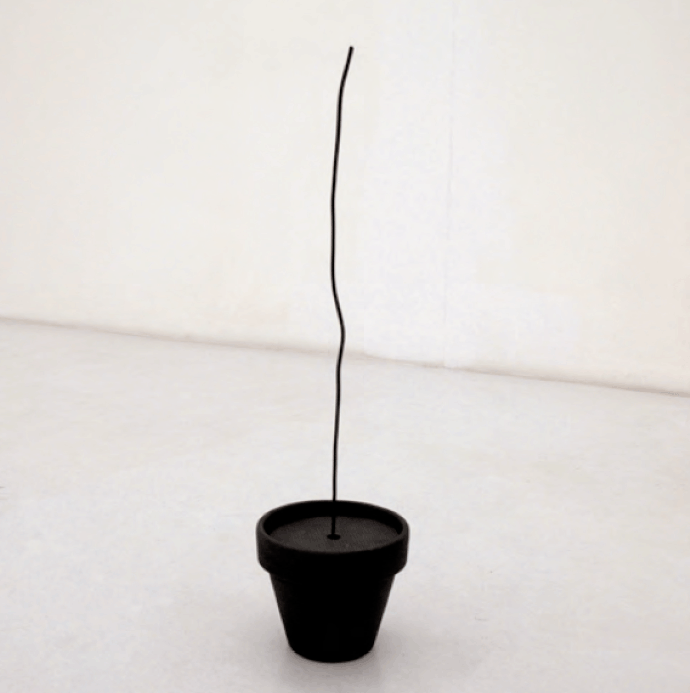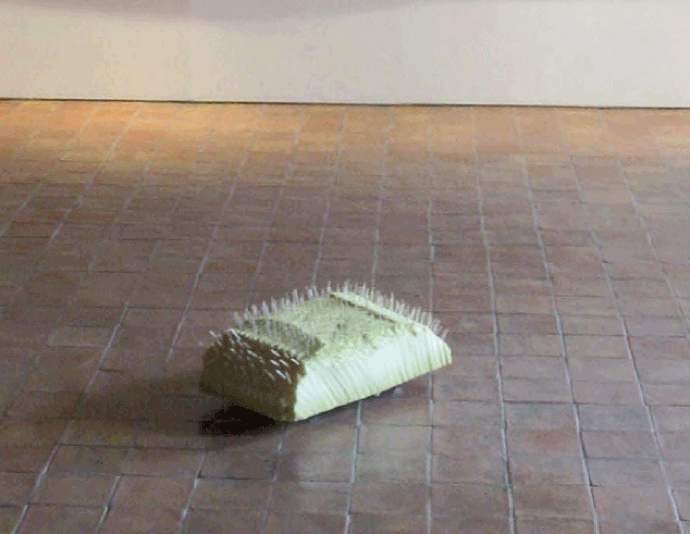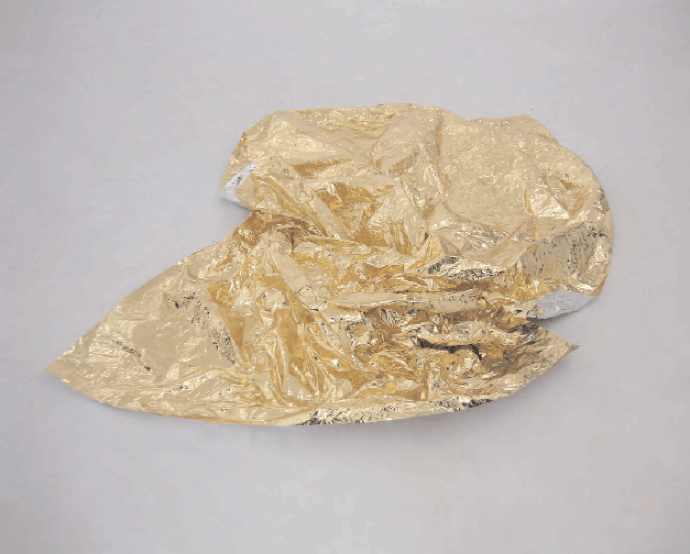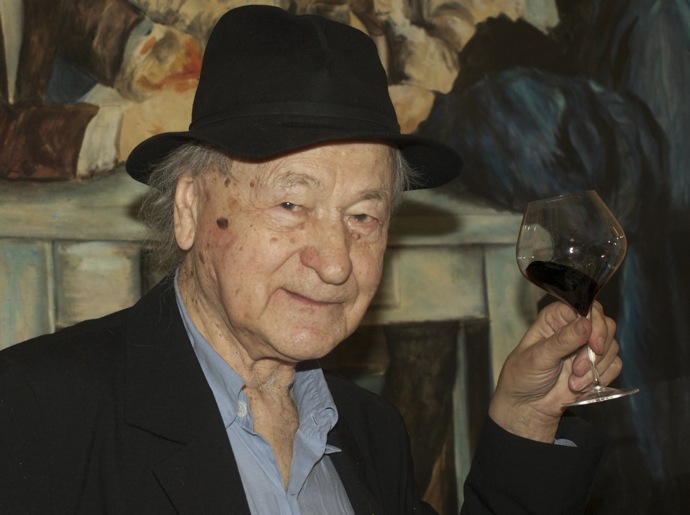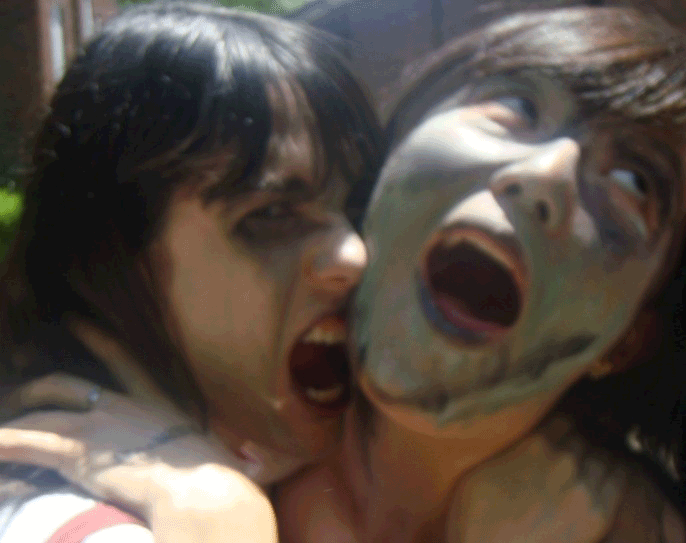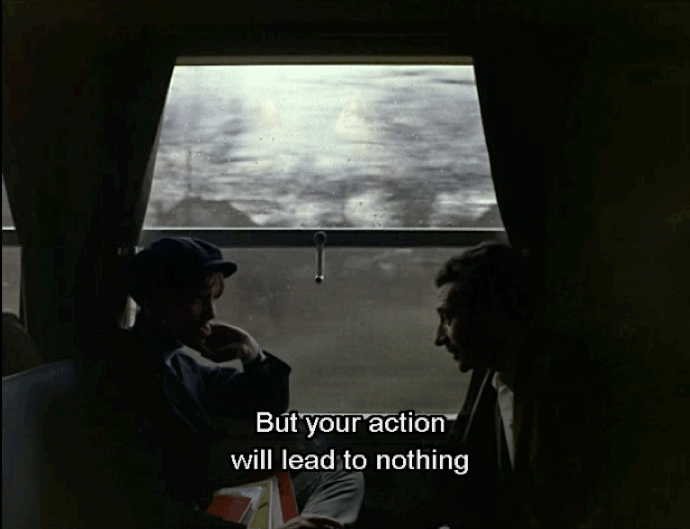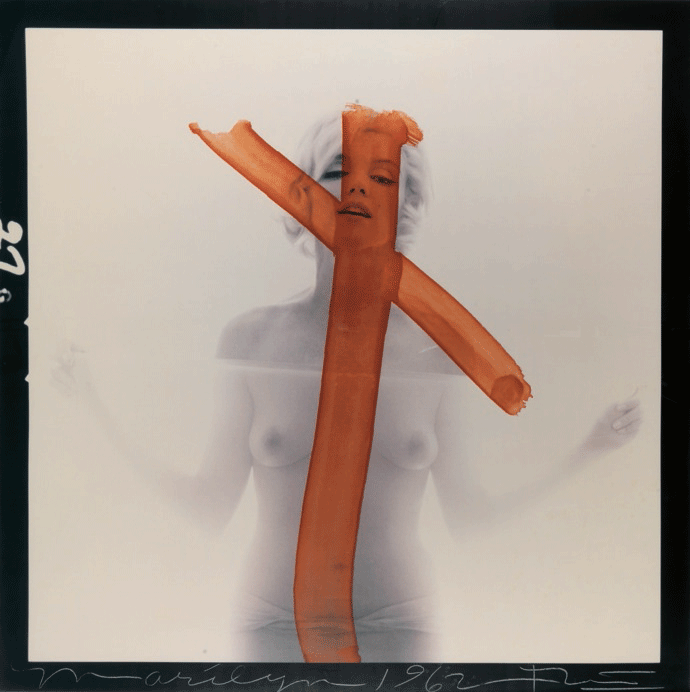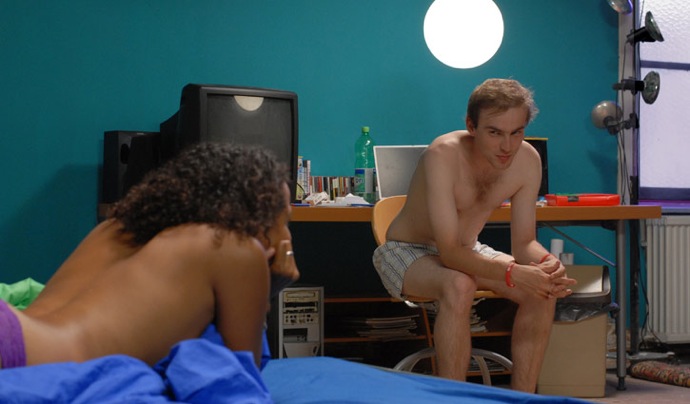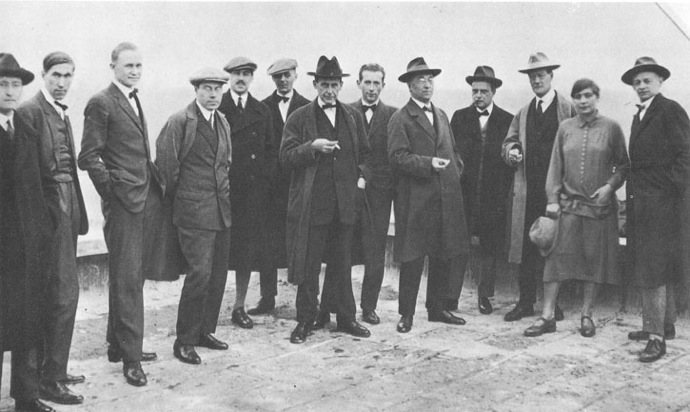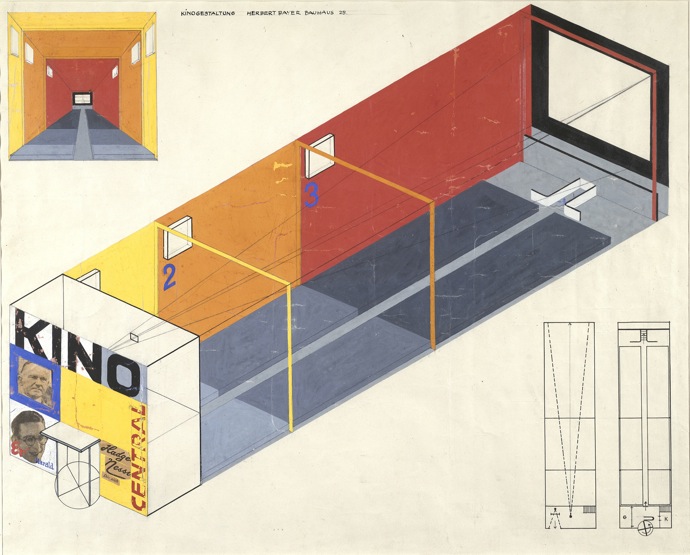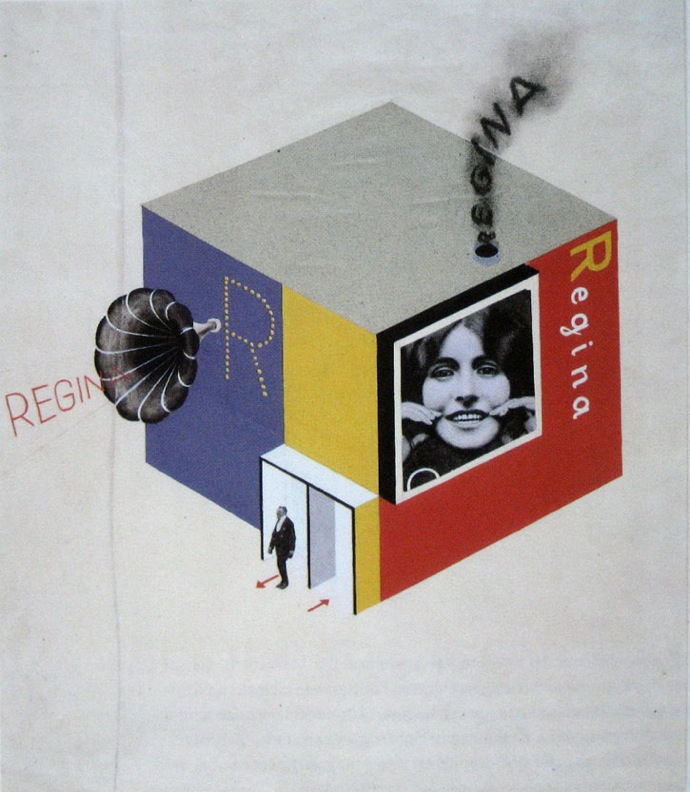Apr 17, 2010 0
Big Art Group
Big Art Group, which has a show now at Abrons Arts Center, is one of the most interesting art collectives working today. Going to a B.A.G. performance is not for the faint-of-heart — they’re loud, fast, in-your-face multimedia extravaganzas. The group’s work is something like a combination of a theater performance, concert, and several film projections, all at once. What I love about the group is the way in which they hyperbolize our consumerist, technophilic and simulacrum-laden existence, transforming it into camp spectacle. (Sontag: Indeed the essence of Camp is its love of the unnatural: of artifice and exaggeration.) The group’s founder, Caden Manson, describes it as such in an interview: “In the U.S. we are working from within the Image Spectacle; subverting the message and scrambling the codes.” Their invention of what they call “real-time cinema” is the equivalent of strapping an Errol Morris Interrotron to the performers’ chests, allowing the performer to be projected onto one of many screens. This is incredibly striking visually and provides viewers with an interesting choice: do I look at the body of the performer right in front of me, or the enormous close-up across the room? Which feels more dramatic, more immediate, more real?
I’ve seen three performances of the group so far: S.O.S., The Imitation, and Cinema Fury. Above is an excerpt from Cinema Fury to give you an idea of what they do. This show was perhaps the most raw of the three, and it did include that cliché inulgence of performance art, covering oneself with chocolate sauce (B.A.G. added glitter to the mix). But while I wasn’t always impressed, I was never, ever bored. Unlike most contemporary art, Big Art Group’s theater of cinematic attractions actually can compete with mainstream entertainment. Like so-bad-it’s-good television, you just can’t look away.
